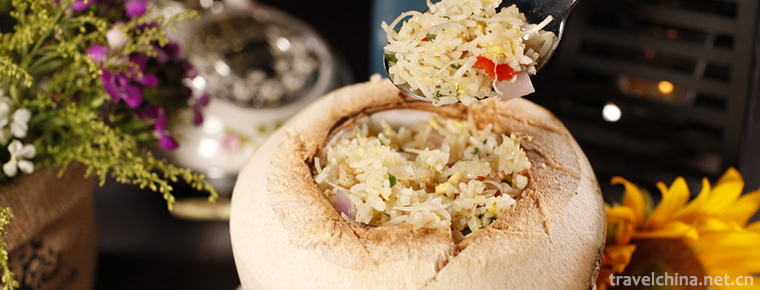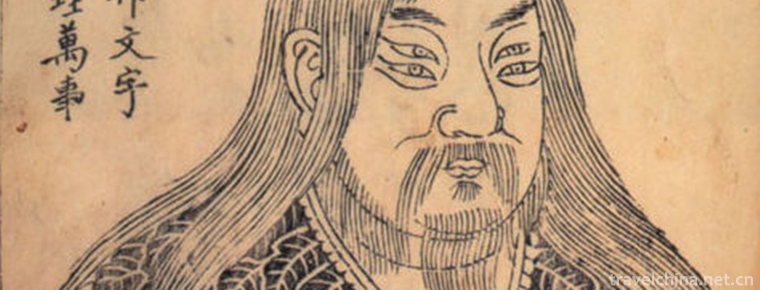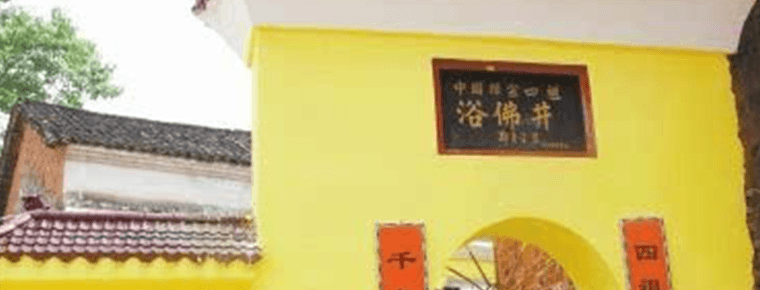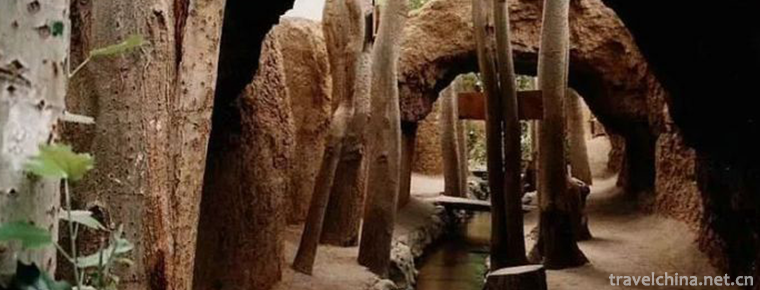Sharipol wrestling
Sharipol wrestling
Shaliboer style wrestling is a national traditional sports event originally created and retained by the Weilat Mongolian people. It is one of the main sports events in the Uznada Mu Grand Event in Alashan. The word "Shaliboer" derives from the Mongolian words "Shalaba" (rapid meaning) and "Shalamagai" (agile), and has evolved into "Shaliboer" after a long period of phonetic translation. The action of cutting shovel, knee folding and grasping collar in Shalibol wrestling is named after the action of camel fighting. Shaliboer-style wrestling alliances, Sumu towns and parts of Mongolian settlements in Xinjiang, Qinghai and Gansu are popular.
On June 7, 2008, Shaliboer wrestling was listed in the second batch of national intangible cultural heritage list with the approval of the State Council.
Brief Introduction to Wrestling
In June 2008, it was selected as the second batch of national intangible cultural heritage list approved by the Ministry of Culture by the State Council.
Declaration: Alashan Left Banner of Inner Mongolia Autonomous Region
In Alashan, western Inner Mongolia, there is also a Mongolian Wrestling - "Shaliboer". You can see the picture of the Mongolian Shaliboer.
Shaliboer wrestling is a traditional national sport originated and retained by Alashan Heshuote Mongolian people, and it is also one of the main sports events in Alashan's ancient "Uzbekistan" Festival and modern Nadam congress.
After a long period of phonetic translation, it has evolved into the word "Sarabauer". The action of cutting shovel, knee folding and grasping collar in Shalibol wrestling is named after the action characteristics of camels fighting against each other. The number of participants in Sharipol wrestling must be a multiplier of 2, regardless of body weight level, and a wrestling will be the winner or loser. In the competition, barefoot wearing triangle shorts head-on from the two corners of the court, grabbing each other's shorts and then starting to attack.
Shaliboer wrestling skills include: forward attack, fierce back, sneak attack, backward push, left pull and right twist, inside and outside foot grabbing, rotating pressure, up pressure, air spin, singles, shoulder loosening, hard resistance, up and down buckle, etc. Athletes need to have strong physique, endurance, wisdom and skills.
The Origin of Wrestling
Shalibol wrestling is a traditional national sport originated and retained by the Mongolian people of Alashan and Shuote. It is also one of the main events in the ancient "Uzbekistan" Festival and the modern Nadam festival in Alashan. The word "Shaliboer" derives from the Mongolian words "Shalaba" (rapid meaning) and "Shalamagai" (agile), and has evolved into "Shaliboer" after a long period of phonetic translation. The action of cutting shovel, knee folding and grasping collar in Shalibol wrestling is named after the action of camel fighting.
Shaliboer wrestling has many skills regardless of body weight. Athletes need to have strong physique, endurance, wisdom and skills. Sharipol wrestling is not restricted by sex, age, venue, time and clothing. The champion who wins the Uzhis event can receive nine prizes such as sheep and the title of "sacred wrestler".
Wrestling Inheritance
Shaliboer wrestling is a popular activity, which has been passed down among the local Mongolian people for more than 300 years. For various reasons, this traditional project has faced the situation of losing its heritage. Since May 2004, Alashan Left Banner has organized manpower to go deep into all parts of the banner and to Qinghai, Xinjiang and other places to excavate and organize this traditional form of sports activities, formulate rules and clothing, train 56 referees and 56 coaches from all parts of the region, and carry out the national "Shaliboer Cup" Boke Competition. At the beginning of this year, the People's Committee of Inner Mongolia Autonomous Region and the Sports Bureau decided to list the Shaliboer wrestling as a competition item of the regional people's games.

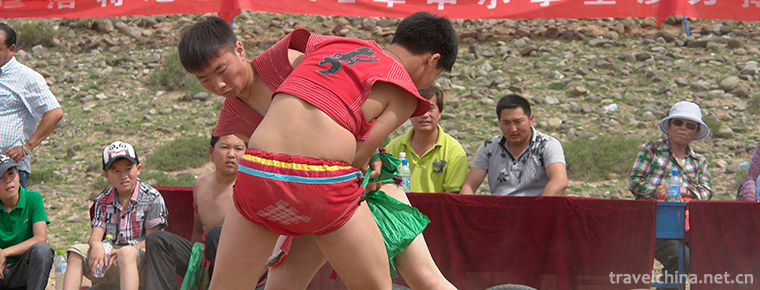
-
Coconut rice
"Coconut rice", also known as coconut boat, belongs to Hainan cuisine. Coconut is very nutritious and is a good product for both medicine and food. .
Views: 238 Time 2018-11-05 -
Liupanshan National Forest Park
Liupanshan National Forest Park is located in the center of the triangle formed by Xi'an, Yinchuan and Lanzhou. It is located in the south of Ningxia. It spans two counties and one district in Jingyua.
Views: 121 Time 2018-12-24 -
Legend of Cang Jie
Cangjie Legend is an ancient Chinese folklore. The story of Cangjie's writing originated from the Yan and Huang Dynasties and has a history of 5,000 years. Legend has it that in .
Views: 182 Time 2019-04-04 -
Legend of Zen ancestors
Huangmei is the birthplace of Chinese Zen culture. There are six ancestral courts of Zen in China, two of which are exclusive in this county. The four ancestors temple and the five ancestors temple in.
Views: 135 Time 2019-04-15 -
Cutting Skill of Kaner Well
Kanerjing is the meaning of "well hole". It has been recorded as early as in Historical Records. It is called "well canal", while Xinjiang Uygur language is called "Kanerzi&qu.
Views: 109 Time 2019-05-08 -
South China Sea Channel
South China Sea Channel is a traditional folk culture in Wenchang City, Hainan Province. Local fishermen have compiled their own "secret book" for navigation since ancient times. It is a han.
Views: 148 Time 2019-06-07 -
Sichuan Zhuqin
Sichuan Zhuqin is an ancient traditional opera. The performers hold fishing drums and rap stories. The original name is Mingqin. Because its accompaniment instrument is a bamboo drum drum, it is also .
Views: 84 Time 2019-06-16 -
Overview of Guangyuan
In 2019, the GDP of Guangyuan will reach 94.185 billion yuan, an increase of 7.5% over the previous year, which is the same as that of the whole province. Among them, the added value of the primary industry was 15.301 billion yuan, an increase.
Views: 349 Time 2020-12-15 -
Leshan population
By the end of 2018, the total number of household registration in Leshan was 1 million 269 thousand and 500, and the household registration population was 3 million 506 thousand and 800. Among them, 1 million 290 thousand and 600 were urban household registration.
Views: 381 Time 2020-12-17 -
Nanchong cultural undertakings
By the end of 2019, Nanchong has 10 cultural centers, 242 cultural stations and 10 public libraries. There are 8 museums, 28 cultural relics protection and management institutions, 18 national key cultural relics protection units, 112 provincial-level cultural relics protection units.
Views: 296 Time 2020-12-17 -
Dazhou health
By the end of 2019, Dazhou city has 4514 health institutions, including 430 hospitals and health centers, 8 maternal and child health centers (stations) and 8 centers for Disease Control and prevention. There were 35862 beds in health institutions. Am.
Views: 356 Time 2020-12-20
